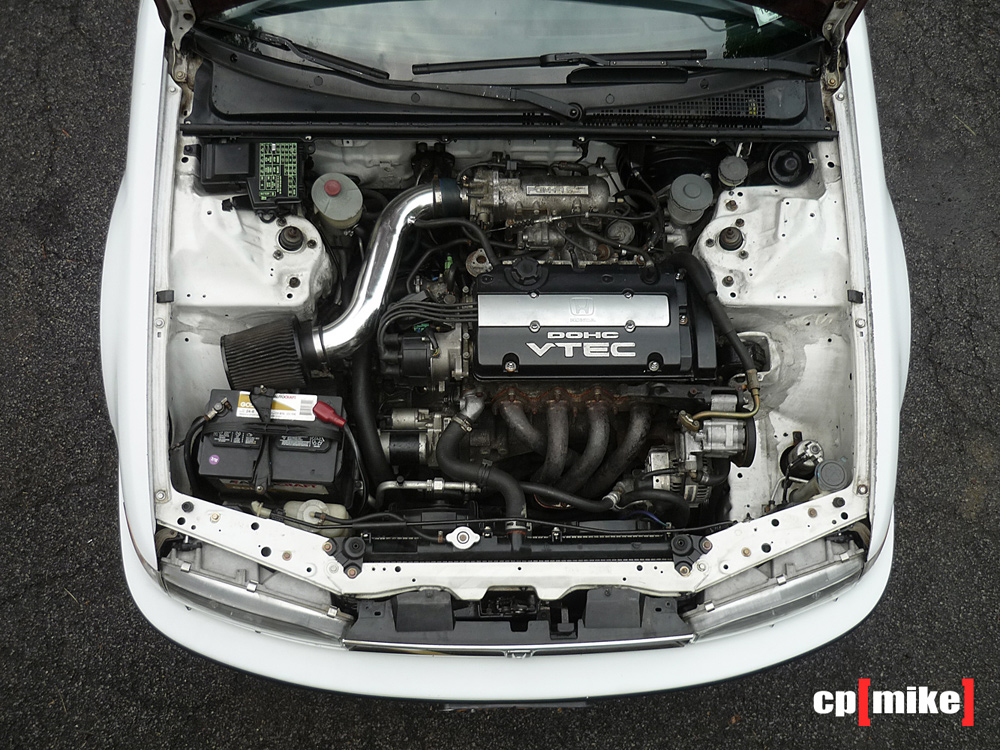Hey
For our PS reservoir....
- Does location matter? (if I put it somewhere else and ran a 10' line back to the PS pump, would that work?)
- Elevation, does it need to be lower than the PS pump? Does gravity assist in feeding the PS pump fluid?
I'm thinking of adding an aftermarket cooler and maybe moving this unit to wherever I choose in the engine bay but I'm not 100% sure on the consequences of doing so. Does anyone know?
For our PS reservoir....
- Does location matter? (if I put it somewhere else and ran a 10' line back to the PS pump, would that work?)
- Elevation, does it need to be lower than the PS pump? Does gravity assist in feeding the PS pump fluid?
I'm thinking of adding an aftermarket cooler and maybe moving this unit to wherever I choose in the engine bay but I'm not 100% sure on the consequences of doing so. Does anyone know?




Comment